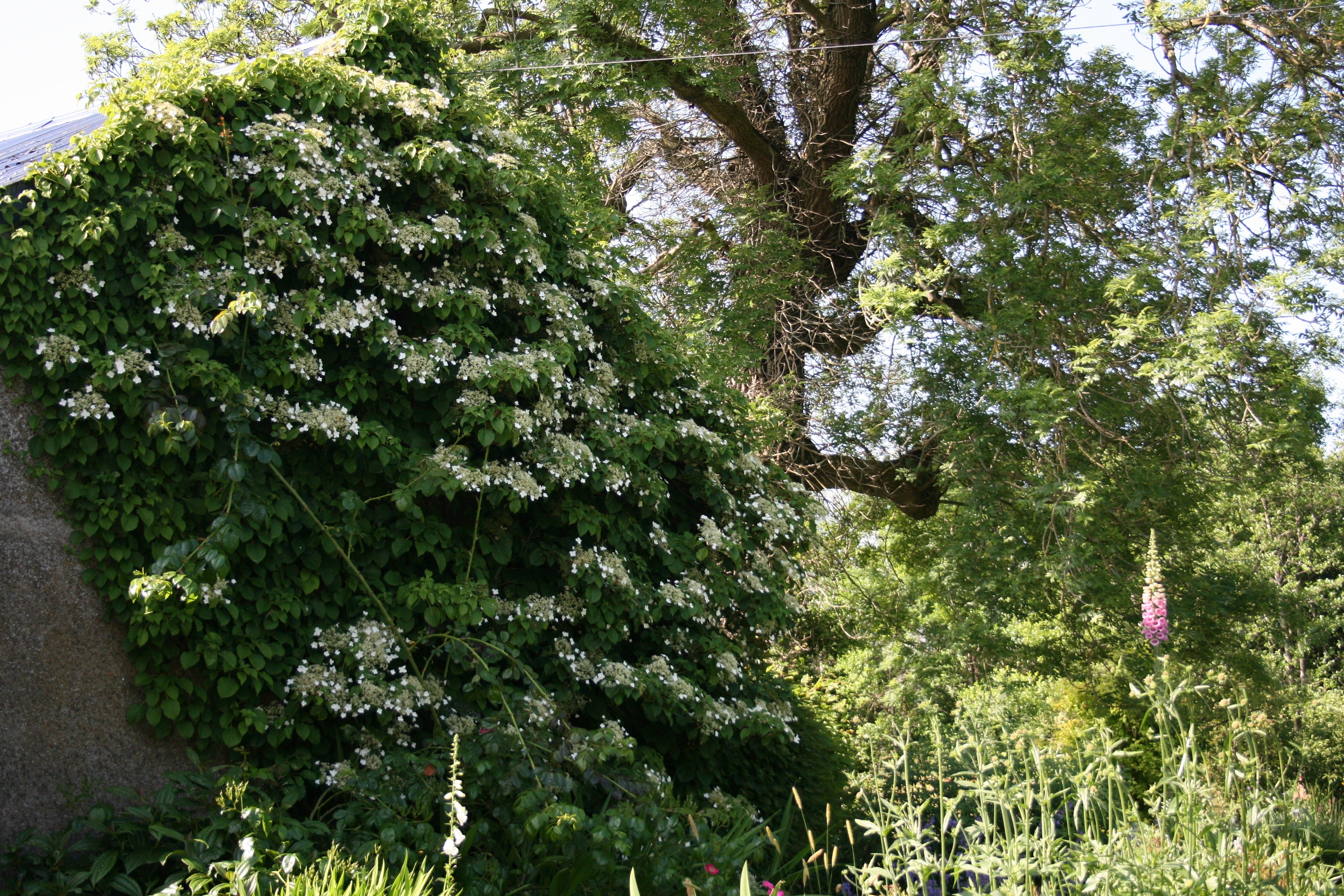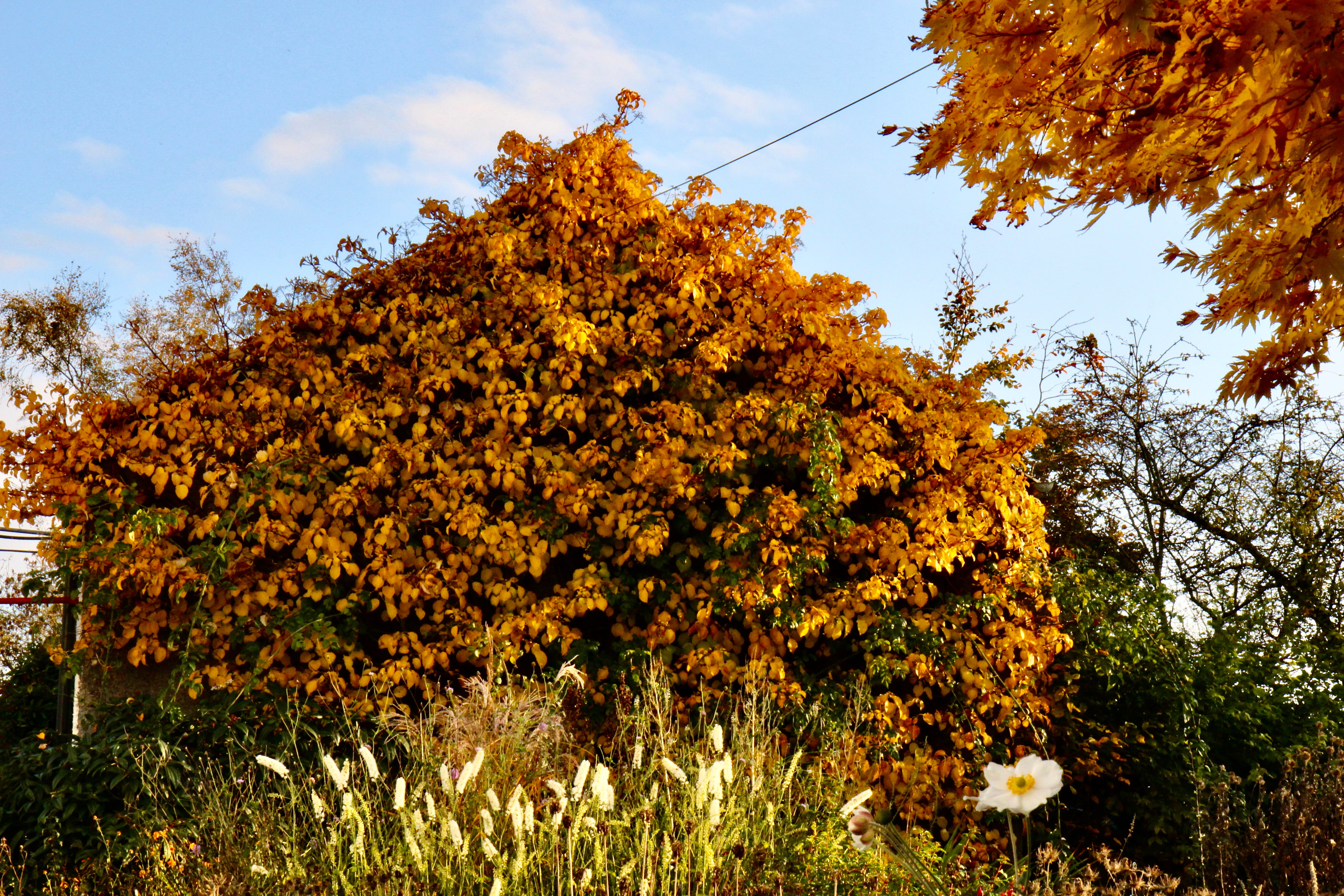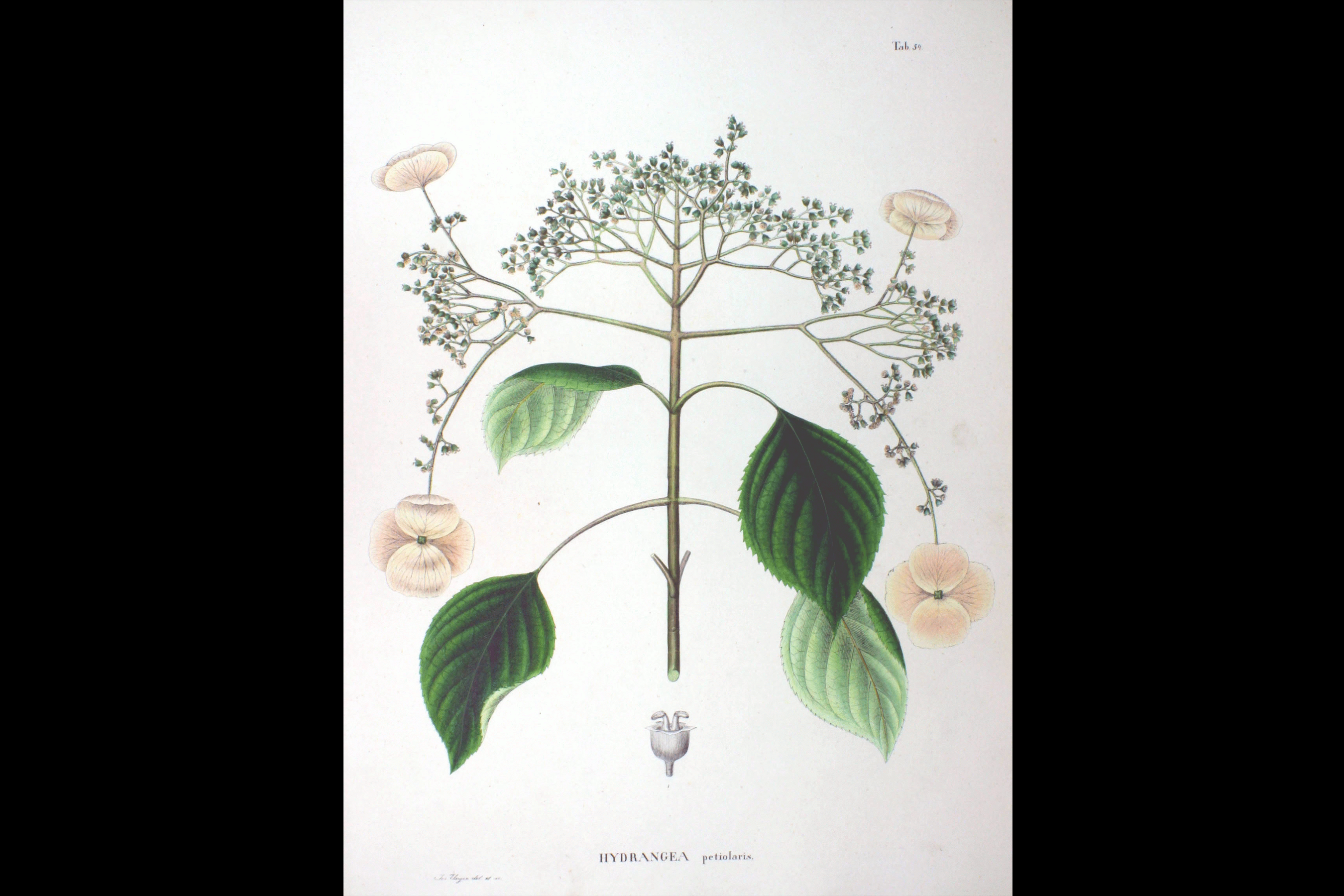Hydrangea anomala subsp. petiolaris
Approx. 0.5 litre pot
About this cultivar:
Hydrangea anomala subsp. petiolaris is native to eastern Siberia, Japan, China and South Korea. It differs from the species by its larger growth, larger flower clusters, more stamens per flower, elliptic-ovate leaves, and better winter hardiness. More more more! Also looks great in autumn and will grow in full shade! A garden essential if you ask me.
Subspecies name is in reference to the long petioles of this plant and the specific epithet comes from the Greek word 'anomalas' meaning it ‘unlike its fellows’. This is in reference to the vine-like plant habit - it is not like other Hydrangeas!
- Position: Full sun, partial shade, full shade
- Soil: Almost any soil, grows well in Ballyrobert
- Flowers: June, July, August
- Other features: Grows well in Ballyrobert, Royal Horticultural Society Award of Garden Merit (RHS AGM), Bees and Butterflies
- Hardiness: Fully hardy - grows well in Ballyrobert! H5 - Hardy in most places throughout the UK even in severe winters (-15 to -10°C)
- Habit: Climbing
- Foliage: Deciduous
- Height: 150 - 500 cm (5 - 16 ft)
- Spread: 150 - 500 cm (5 - 16 ft)
- Time to full growth: 10 to 20 years
- Plant type: Herbaceous Perennial, shrub, climber
- Colour: Green, white, pink
- Goes well with: Walls!
About this genus:
Hydrangea (hy-dran-je-a) get its name from the Greek hydor, water, and aggeion, a vessel, or vase, in reference to the shape of the seed capsule. It is a classic garden plant. The genus Hydrangea contains about 75 species of shrubs, trees and woody vines, along with hundreds of named cultivars. Hydrangeas are grown primarily for their large flower clusters that vary in shape from flat lacecaps, to long panicles, and large, round mopheads.
At Ballyrobert we only really grow cultivars from the species paniculata (pointed panciles of flowers) and arborescen (mopheads of flowers). You may read lots of different things about pruning paniculata cultivars. We find the best thing to do is shear them back hard to about three feet from ground level in March (spring) each year. For the mop-headed Hydrangea arborescen cultivars we cut them back further to ground level each March. Strange, as the name (arborescen means 'tree like') would imply you leave them alone.....
Hydrangeas grow best in sun or partial shade and are not too fussy regarding soil (as long as it isn't extreme). We typically grow them in mixed borders, and in our garden at Ballyrobert we have them almost everywhere!








